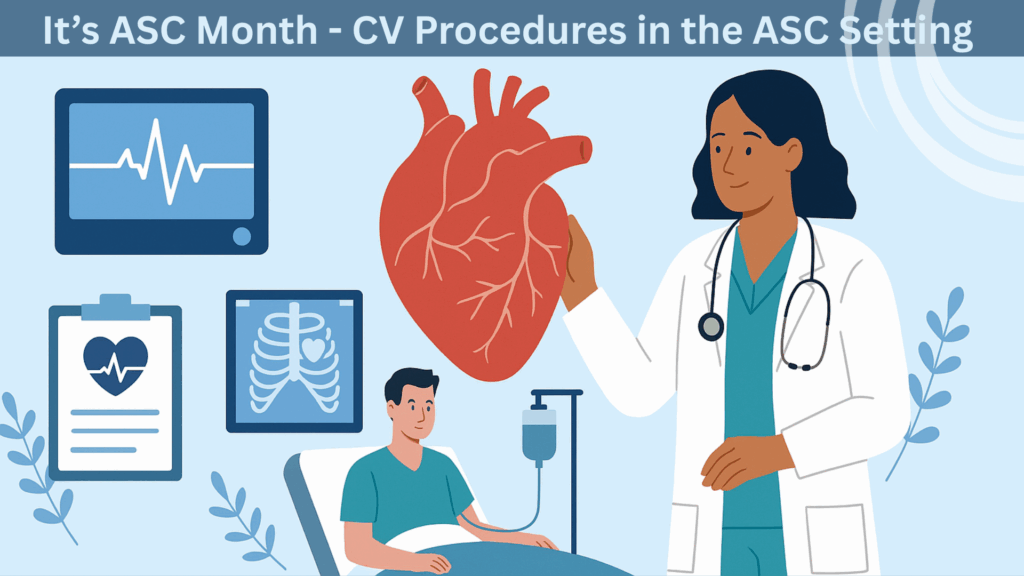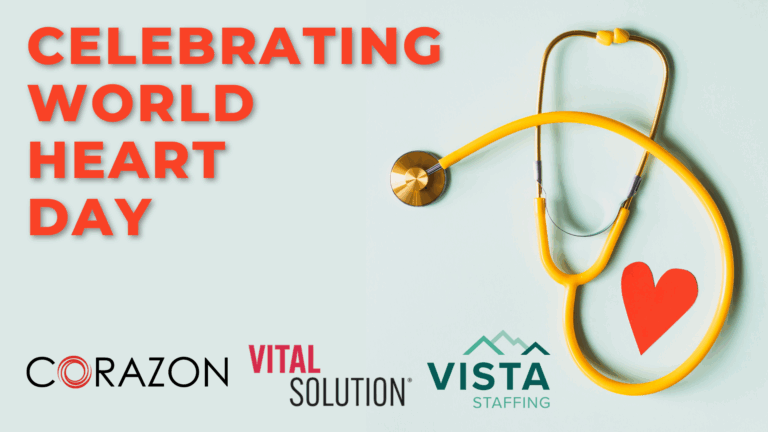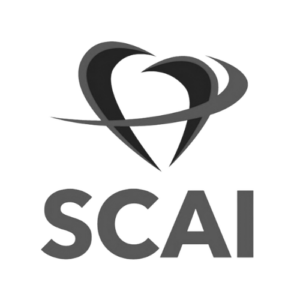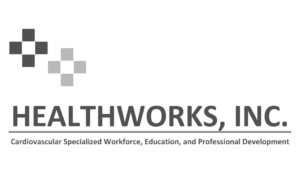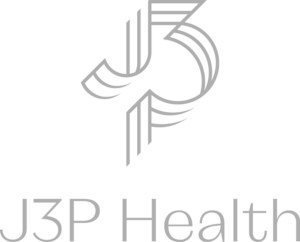As the healthcare landscape continues to evolve, one trend is becoming increasingly clear: cardiovascular care is shifting from the hospital to the outpatient setting. This isn’t merely a change in geography—it represents a fundamental shift in how care is delivered, accessed, and experienced. Corazon views this as a strategic transformation, not just a logistical one, driven by a powerful convergence of forces.
Clinical innovation is enabling procedures once confined to the OR to be safely and effectively performed in outpatient environments. Patients, now more informed and empowered than ever, are demanding care that is not only high-quality but also convenient and personalized. At the same time, hospitals and health systems are grappling with economic pressures, workforce shortages, and capacity constraints that make traditional inpatient models increasingly unsustainable. Layered on top of this are sweeping policy reforms and reimbursement changes that reward value over volume—further accelerating the shift.
In this new era, Corazon believes that cardiovascular programs that embrace outpatient strategies are not just keeping pace—they’re positioning themselves as leaders in a more agile, patient-centered future.
Policy Is Paving the Way
At the heart of this transformation and shift is the Centers for Medicare & Medicaid Services (CMS), whose policies are reshaping where and how cardiovascular care is delivered. Site-neutral payment policies, Affordable Care Act (ACA) subsidy adjustments, and evolving reimbursement models are pushing hospitals to rethink traditional care delivery.
In its 2025 Hospital Outpatient Prospective Payment System (OPPS) and Ambulatory Surgical Center (ASC) Final Rule, CMS announced a 2.9% increase in payment rates for outpatient departments and ASCs that meet quality reporting standards. This move reinforces the financial viability of outpatient care and incentivizes providers to shift appropriate procedures out of the hospital.
From PCI to EP: A Growing List of Outpatient Procedures
The inclusion of basic percutaneous coronary interventions (PCI) on the ASC Covered Procedures List (ASC-CPL) in 2020 marked a turning point. While the initial migration has been described as a “modest trickle,” it set the stage for broader change. CMS has since expanded reimbursement for electrophysiology (EP) procedures—including implantable cardiac monitors and leadless pacemakers—many of which now receive favorable payment rates in ASCs. And professional organizations like the Heart Rhythm Society (HRS) continue to advocate for broader inclusion of EP procedures, signaling even greater momentum ahead.
Outpatient Volumes Are Surging
According to SG2, adult outpatient volumes are projected to grow by over 18% by 2035, reaching more than 6 billion encounters annually. In contrast, inpatient discharges are expected to grow by just 5%, primarily among older adults with complex conditions like congestive heart failure. This shift isn’t just about how care is delivered—it’s about where it’s delivered. And cardiovascular services are leading the charge.
Why Cardiovascular Care Is Moving Out
Cardiovascular care is increasingly shifting from the hospital to outpatient settings—a transformation reshaping how heart health is managed across the country. Corazon views this migration not as a trend, but as a response to a complex mix of clinical, economic, and systemic forces that are redefining modern healthcare.
Several powerful forces are driving this migration:
- Cost Efficiency: ASCs and Office-Based Labs (OBLs) operate with lower overhead, making them more cost-effective for both providers and payers—without compromising quality.
- Enhanced Patient Experience: Shorter wait times, personalized care, and a less intimidating environment make ASCs more appealing to patients.
- Better Outcomes: Studies show that for many procedures, ASCs deliver outcomes that are equal to—or better than—those in hospital settings, with fewer complications and faster recovery.
- Technological Advancements: Innovations like radial access techniques and remote monitoring tools (e.g., wearable ECGs, implantable loop recorders) are making same-day discharge and outpatient procedures safer and more efficient. And advances in mapping systems, ablation tools, and imaging have made EP procedures more precise and less invasive, reducing the need for prolonged recovery or hospital stays.
- Capacity Relief: As demand for cardiovascular care rises, ASCs help alleviate pressure on hospitals, freeing up resources for more complex inpatient cases.
- Alignment with Value-Based Care: The shift from fee-for-service to value-based models rewards efficiency, quality, and patient satisfaction—all strengths of the outpatient model. CMS and other payers, in addition to professional organizations such as the Heart Rhythm Society, are increasingly recognizing and reimbursing EP procedures in ASCs, further legitimizing and encouraging this care model.
A Strategic Imperative for Hospitals & Health Systems
Corazon emphasizes that this is a strategic imperative. Hospitals and health systems must go beyond adjusting their physical footprint. They need to reimagine clinical operations and develop a robust, forward-thinking cardiovascular ambulatory strategy to stay competitive and sustainable.
A New Era in Cardiovascular Care
The next decade promises to be nothing short of transformative for cardiovascular care. As outpatient volumes continue to surge and CMS reinforces its commitment to site-of-care flexibility, the momentum behind this shift is undeniable. But this is more than a logistical evolution—it’s a strategic imperative.
Hospitals & health systems that act decisively and embrace this new care model will not only stay ahead of the curve—they’ll redefine it. By investing in outpatient infrastructure, optimizing clinical workflows, and aligning with value-based care principles, these organizations will be uniquely positioned to deliver care that is more accessible, efficient, and patient-centered than ever before.
At the same time, this transformation offers a powerful opportunity to strengthen financial sustainability. Outpatient cardiovascular services can reduce overhead, improve throughput, and unlock new revenue streams—all while enhancing outcomes and satisfaction.
The future of cardiovascular care is not confined to hospital walls. It’s nimble, innovative, and deeply attuned to the needs of today’s patients. The question is no longer if hospitals and health systems should adapt—but how fast they can move to lead in this new era.
The heart of healthcare is still beating strong—just in a new setting. If your organization is looking to build or enhance its cardiovascular outpatient strategy, Corazon is here to help guide the way.
By Carol Wesley

 company
company 
 (412) 364-8200
(412) 364-8200











